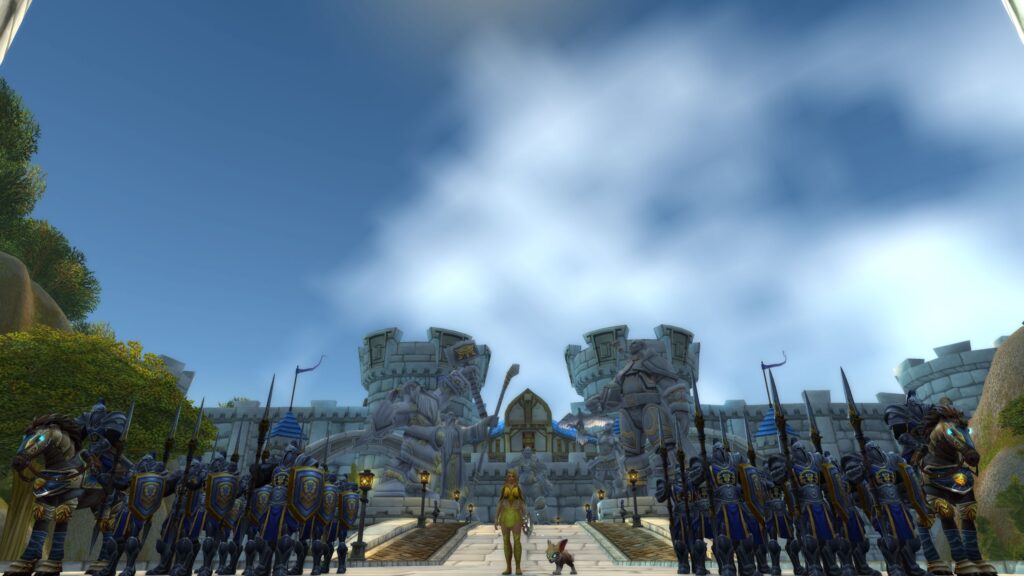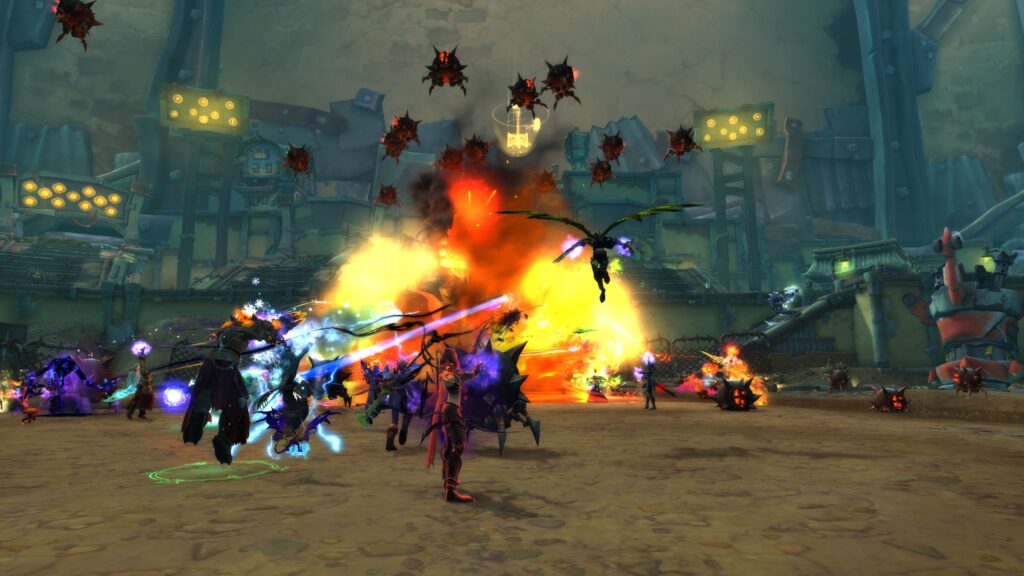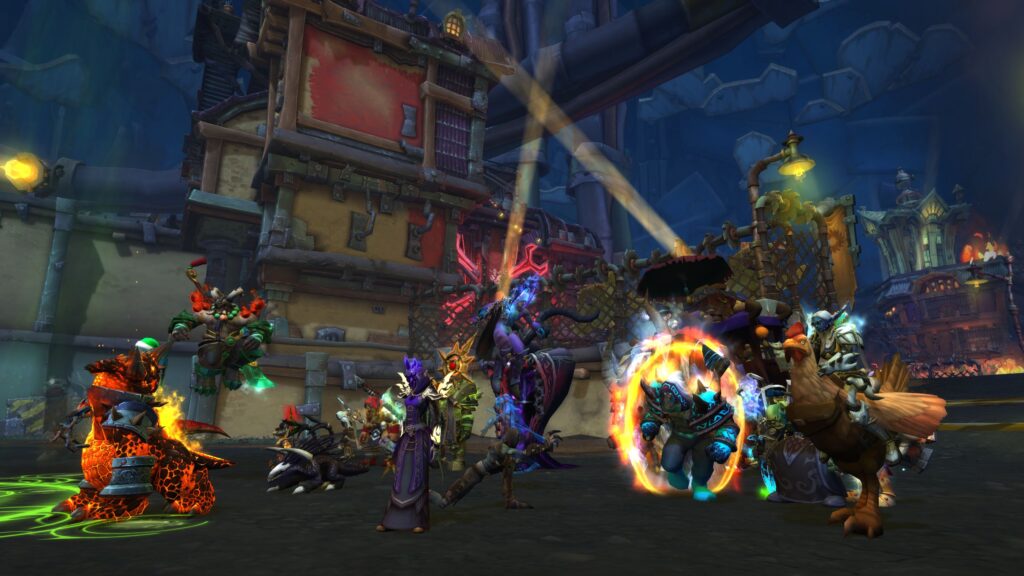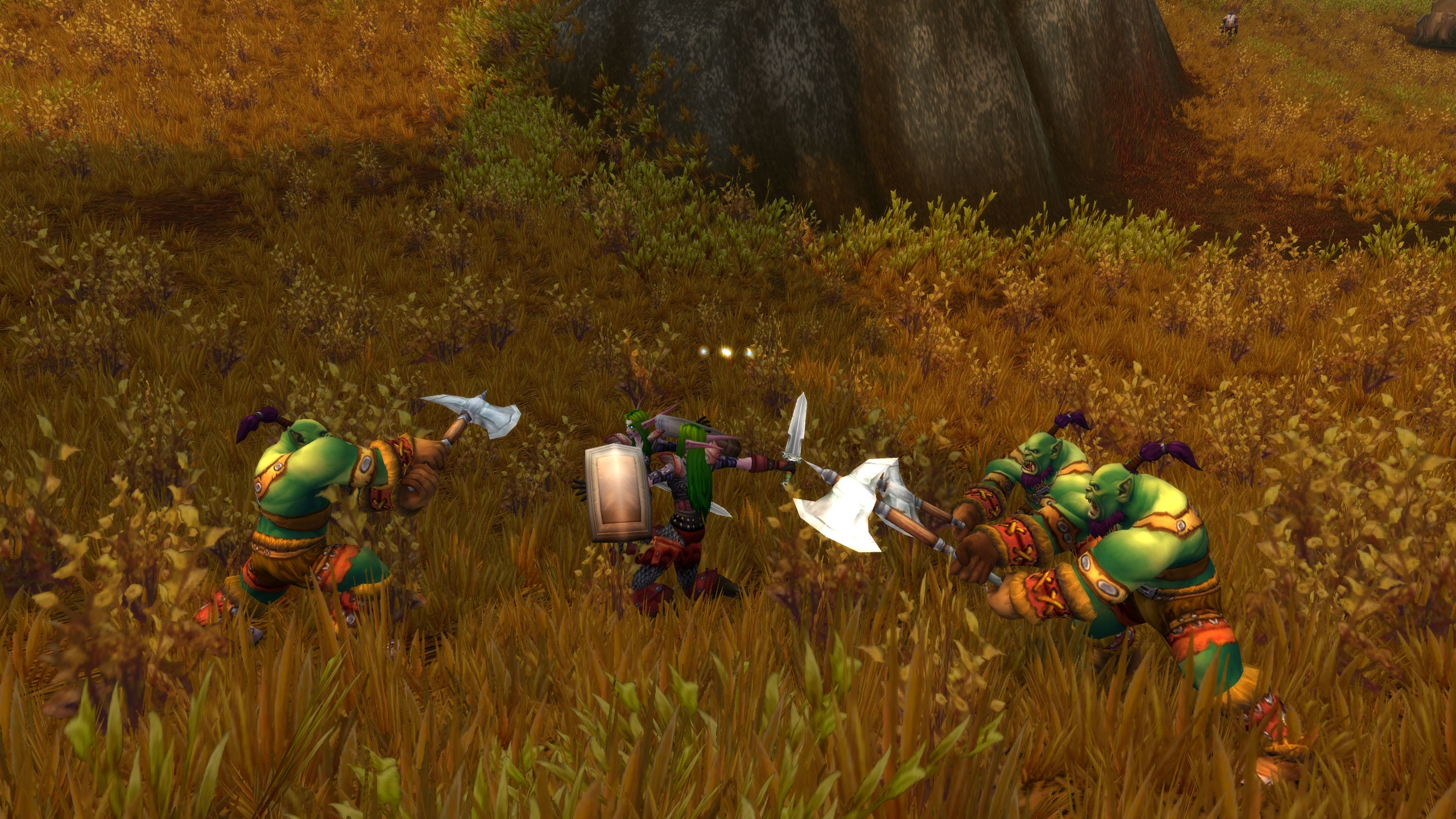Introduction: The Role of Social Interaction in WoW
World of Warcraft (WoW) has always been more than just a game about grinding for loot or defeating powerful bosses. It’s a social experience that thrives on collaboration, camaraderie, and shared adventures. The game’s vast world and immersive environments encourage players to form friendships and guilds, creating a sense of community that lasts long after the quests are completed. In this article, we explore the social dynamics of Azeroth, including how friendships are formed, the role of guilds, and how these interactions shape the WoW experience.

Building Friendships: From Strangers to Allies
In a massive, online multiplayer game like WoW, players are constantly surrounded by others. However, meaningful relationships often begin with small interactions—helping a fellow adventurer in a dungeon, coordinating for a raid, or trading valuable resources. These experiences build trust and camaraderie, laying the foundation for lasting friendships.
How Friendships Form in WoW
- Group Content – Participating in dungeons, raids, and world events creates natural opportunities for players to bond over shared challenges and victories.
- Guild Participation – Joining a guild connects players with others who share common goals, values, and playstyles, often turning guildmates into close friends.
- Communication – In-game chat and voice communications are essential for building friendships, allowing players to strategize, share experiences, and get to know each other better.
The Benefits of In-Game Friendships
- Increased Game Enjoyment – Having friends to play with adds a layer of fun and excitement to the game.
- Support During Difficult Content – Friends provide the necessary support and motivation to tackle tough dungeons, raids, and PvP content.
- Social Connections Beyond the Game – Many friendships formed in WoW extend beyond the game, with players meeting up in real life or maintaining lasting online friendships.
The Role of Guilds: Community Building at Its Core

Guilds are one of the central pillars of WoW’s social structure. These player-run organizations provide a platform for players to join forces, pool resources, and tackle high-end content together. Guilds are not just about raiding or grinding for loot—they foster a sense of community, where players can share experiences, organize events, and build lasting relationships with like-minded individuals.
The Importance of Guilds in WoW

Guilds serve multiple roles in WoW. They are places for casual players to relax, socialize, and enjoy the game at their own pace. For others, guilds provide the structure necessary to engage in competitive PvE or PvP content. The shared experience of working toward a common goal, be it defeating a raid boss or reaching the highest ranks in PvP, unites players, creating strong bonds and a sense of belonging.
Types of Guilds in WoW
- Casual Guilds – Focused on socializing, casual questing, and occasional raids. These guilds are ideal for players who want to experience the game at their own pace without pressure.
- Raiding Guilds – Highly organized and goal-oriented, these guilds focus on clearing high-end raid content. They often have structured schedules and expectations for their members.
- PvP Guilds – Dedicated to competitive player-vs-player content, these guilds provide opportunities for players to compete in battlegrounds, arenas, and world PvP.
The Impact of Guilds on Player Experience
- Teamwork and Coordination – Guilds foster a strong sense of teamwork, where players work together to achieve their collective goals.
- Leadership Development – Guilds often have leaders and officers who are responsible for guiding the group, which provides opportunities for players to develop leadership skills.
- Long-Term Engagement – Players in guilds are more likely to remain engaged with the game, as guilds offer a consistent reason to log in and participate in events.
Guild Politics and Drama: The Flip Side of Community

While guilds provide a lot of benefits, they can also introduce internal conflicts. From leadership disputes to disagreements over strategies or loot distribution, guilds are not immune to drama. Managing these conflicts is an essential part of guild leadership and maintaining a positive, supportive environment for all members.
Challenges Within Guilds
- Leadership Conflicts – Differing visions for the guild can lead to disputes over how it should be run or which activities should be prioritized.
- Loot Drama – In raiding guilds, arguments over loot distribution can lead to resentment and conflicts between members.
- Membership Turnover – Guilds often face the challenge of losing members due to drama, burnout, or real-life commitments.
Conclusion: The Lifeblood of WoW’s Social Experience
The social dynamics in Azeroth are what make WoW more than just a game. Friendships, guilds, and community interactions are at the heart of the WoW experience, providing players with meaningful connections and lasting memories. Whether it’s through raiding, questing, or simply hanging out with guildmates, WoW offers a unique platform for socializing and building relationships. By fostering positive interactions and embracing the role of community, players can enhance their own experience and make Azeroth a truly vibrant world.
Home

Leave a Reply